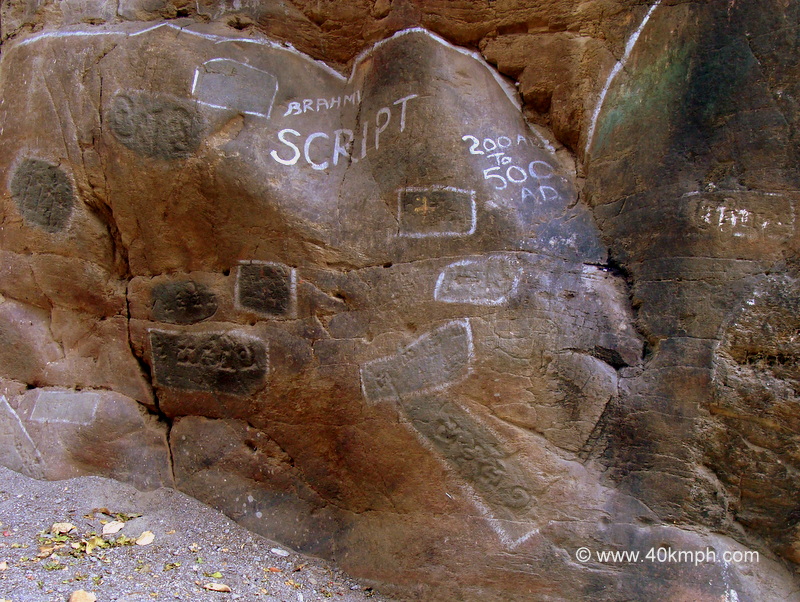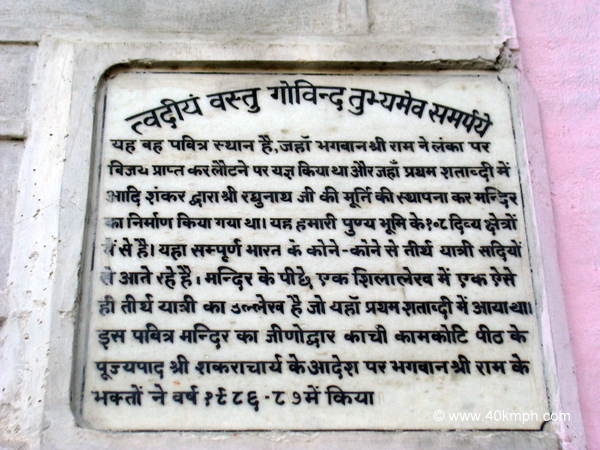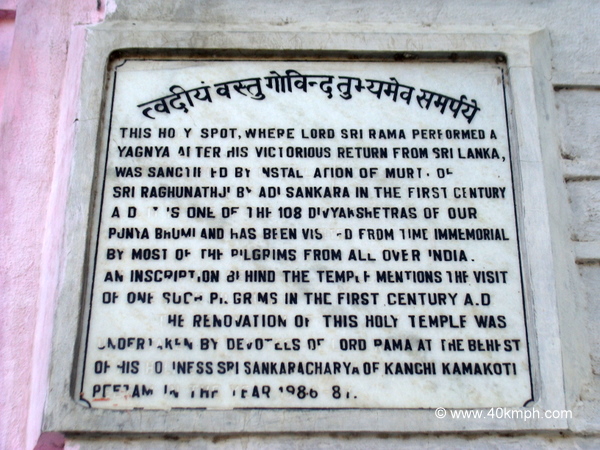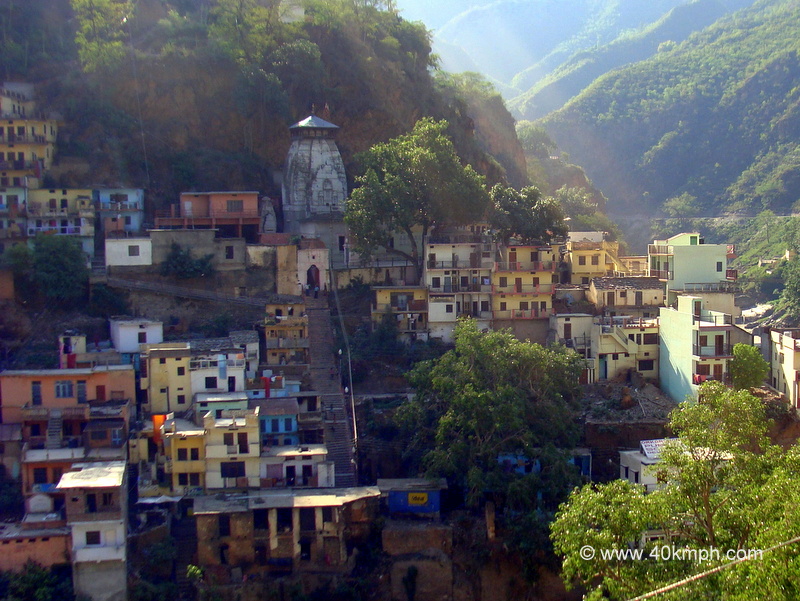Click to learn more about Raghunathji Temple.
Itihaas of Raghunathji Temple
This is the holy place where Lord Shri Ram performed Yagya after his return after conquering Lanka and where the temple was built by Adi Shankar in the first century by installing the idol of Shri Raghunathji. It is from the 108 divine regions of our holy land. Pilgrims from all corners of India have been coming here for centuries. An inscription behind the temple mentions one such pilgrim who came here in the first century. The restoration of this holy temple was done by the devotees of Lord Shri Ram in the year 1986-89 on the orders of Pujyapada Sri Shankaracharya of Kachi Kamkoti Peeth.
About: Raghunathji Temple – Here, Sri Rama Performed Yajna
This holy spot, where Lord Sri Rama performed a Yagnya after his victorious return from Sri Lanka, was sanctified by the installation of the murti of Sri Raghunathji by Adi Sankara in the first century A.D. It is one of the 108 divyakshetras of our punya bhumi and has been visited from time immemorial by most of the pilgrims from all over India. An inscription behind the temple mentions the visit of one such pilgrim in the first century A.D.
The renovation of this holy temple was undertaken by devotees of Lord Rama at the behest of His Holiness Sri Sankaracharya of Kanchi Kamakoti Peetam in the year 1986 – 87.
(Click to learn more about Raghunathji Temple)
Rudranath Temple – Sage Narad Meditated Here for 100 Years
Yogesh Goswami – one of the Rudranath temple priests was present. Upon request, he narrated the History of Rudranath Temple as follows:
Devarshi (sage) Narad meditated for 100 years at this very location. Lord Shiva taught Devarshi Narad Sama Veda i.e., The knowledge of music – for example, Taal, Mridang, Dhwani, Chhand, Chattis (36) raag raginiya.
It is said Sage Narad requested Lord Vishnu for the same but was suggested that only Lord Shiva has the knowledge of Sama Veda thus, Sage Narad learned the music and later was gifted Veena by Lord Shiva. It is also said Rudra Nath (born from Brahma‘s mind) after taking birth at this very location started crying a lot and was named Rudra Nath by Lord Shiva because of his crying nature.
Alaknanda and Mandakini rivers merge where sage Narad meditated thus, the area is named Rudraprayag (Rudra because of Rudra Nath and Prayag because of the two holy rivers’ confluence). Alaknanda is flowing from Badrinath and Mandakini from Kedarnath.
Sound knowledge – said I. Thanks for sharing.
And towards Prayag – Snaan (bath) is important they say. Will do – said I to myself.
Raghunathji Temple – One of the 108 Divya Kshetras
Raghunathji Temple is situated at Devprayag in Tehri Garhwal district of Uttarakhand.
Temple Timings: Summer 6 am – 12 noon/5 – 9 evening, Winter 7 am – 12 noon/4 – 8 evening
Note: 100 plus steps to reach the temple and afternoon hours temple is closed.
Rudraprayag to Koteshwar Mahadev Temple – Distance and Directions
Rudraprayag to Koteshwar Mahadev Temple Distance is 3.1 km approx.
Rudraprayag > Chopta/Pokhri Band (1.6 km)
Chopta/Pokhri Band > Koteshwar Mahadev Cave Temple (1.5 km)
A View of Alaknanda and Bhagirathi Confluence
Height: 549 m.
Click to learn more about Alaknanda and Bhagirathi rivers.
Devprayag – Birth of Ganga Starts from Here
Devprayag is in the Tehri Garhwal district of Uttarakhand.
Santosh Bhatt – The priest and History of Devprayag shared.
Bhagirathi: Gaumukh, Gangotri – The source.
Alaknanda: Badrinath – The source.
With Alaknanda – Mandakini, Pindar Ganga, Dhauli Ganga, Saraswati, Garud Ganga, Patal Ganga, Rishi Ganga, Kanchan Ganga about one crore spring merging at various locations, and finally, Bhagirathi and Alaknanda merging at one point at Devprayag named as Ganga.
Bhagirathi is worshiped as Pitramukhi (salvation for ancestor’s soul) spring/river. It is said King Sagar’s 60,000 sons were turned into ash by the curse of sage Kapil. Raja Sagar’s grandson Bhagirath went to Gangotri and meditated for 10,000 years to bring down Bhagirathi on earth to liberate his ancestor’s soul.
(If any person has Pitra-dosh (ancestor’s curse) Bhagirathi should be worshiped at Devprayag)
During Tretayug when Lord Rama killed Raavana – Brahman (caste) sin was done. To remove sin Lord Rama meditated at Devprayag and Laxman at Laxman Jhula, Rishikesh, Shatrughan at Satyanarayan, and Bharat one km far from Devprayag.
(Bhagirathi – Grandson of Raja Sagar was the ancestor of Lord Rama)
Alaknanda is considered as Moksh Dayani (salvation) river. It is believed within India there are three major Pirtra places. One is Gaya i.e., ‘Charan’ (feet) of Lord Vishnu, the Second at ‘Devprayag’ i.e., Nabhi (navel) of Lord Vishnu, and the third at Badrinath ‘Mastak’ (Head) known as BrahmKapal. First, pind-daan should be done at Gaya then at Devprayag, and lastly at Badrinath.
14 times Gaya (Bihar), visit for pitra-puja/pind-daan and visiting once at Devprayag is equal.
Sage Dev Sharma meditated at Devprayag and an image was shown by Lord Vishnu later embossed into a rock present within Raghunath Temple. Lord Vishnu blessed the name of the location as Devprayag (Dev – Dev Sharma/Prayag – merging two rivers). Earlier Devprayag was known as ShriKhand Shetra. Devprayag and Panch-Prayag are considered as the top most prayag.
It is said during the early morning hours Devta visits Devprayag for a bath. More information is present within The Book – Kedarkhand – said the priest. Thank you – said I. Donations and dip into the merging point of both rivers.
Prakateshwar Panchanan Mahadev Shiv Gufa (Nagarmehargaon) – A Dream Discovered The Cave
Prakateshwar Panchanan Mahadev Shiv Gufa, Nagarmehargaon is 7 km from Brahmakhal on the way towards Yamunotri. I stopped the Royal Enfield Thunderbird Twinspark motorbike. Shiv Gufa – The famous cave and I climbed stairs to reach the same to enter for a glimpse and prayers.
Bhagwati Prasad – The priest at the cave entrance. Queries, as usual, to know the History of Prakateshwar Panchanan Mahadev Shiv Gufa and narration by the priest as below:
In June 1998 there was an irrigation project within the village. Bhanu Prakash – elder brother was a member of the committee. Search to search for water was almost futile. Seven days of labor but the water wasn’t visible though the sound of water was heard numerous times by people.
22nd June 1998 Bhanu Prakash had a dream. Lord Shiva representing Sadhu said – Next day I will appear. And 23rd June water was discovered after the opening of the cave walls and was named Prakateshwar Panchanan Mahadev Shiv Gufa (cave).
Within the cave Lord Ganesha, Panchmukhi Shivling, Parvati, Nandi, Crocodile, Lion Nails, and Sheshnaag are visible within rocks, and most important Gupt Ganga flowing.
The cave is dark with a very narrow way to enter and rocky 4-5 stairs that reaches below.
Too narrow but the visit is sure – said I. Cool water as feet touch the cave floor. Prayers.
Thanks to the priest for the narration.




